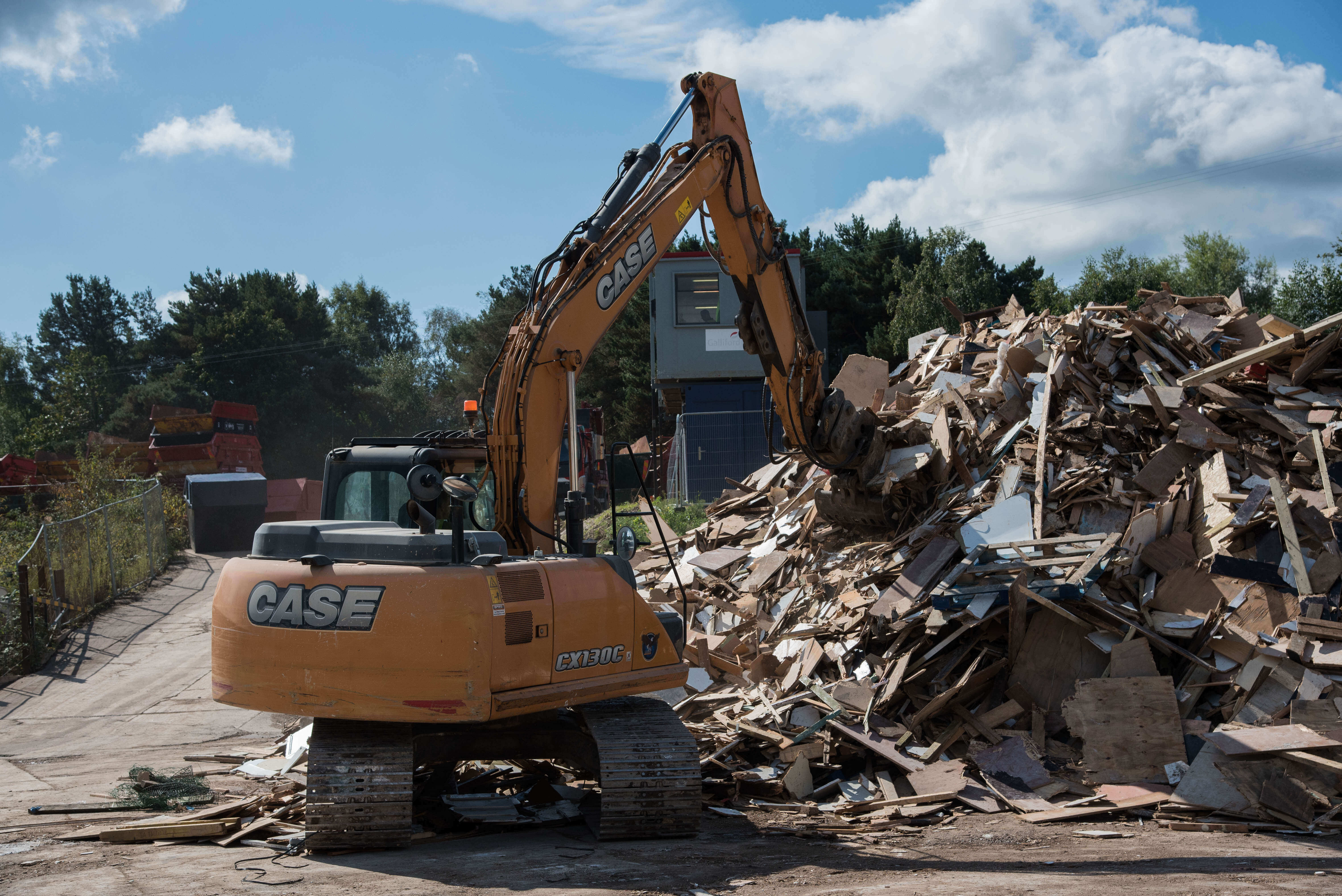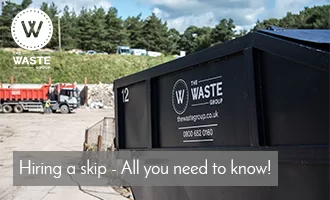Managing Hazardous Waste on Construction Sites: What You Need to Know

Every construction site has hazardous waste to deal with, especially if you’re retrofitting or repurposing an older property.
In years past, contractors might dump hazardous waste containers or materials anywhere that suited them—in a nearby gully or stream, at the back of an abandoned property, or in a skip destined for the landfill. Today, we know that’s not good enough.
Finding hazardous waste onsite comes with a hefty responsibility, both morally and legally. Make sure you know the rules about handling hazardous materials on your construction site, and how to dispose of those waste materials properly to avoid prosecution and fines.
Hazardous materials on UK construction sites
The UK produces about 3 million tonnes of hazardous waste every year. “Hazardous waste” can mean anything from depleted batteries to medical waste, but construction waste contributes substantially to the nation’s hazardous total.
Construction and demolition waste might seem harmless enough, but it can have deadly consequences for workers who are exposed to it. In 2005, 8,000 construction workers died of cancer—and 70% of those cases were caused by asbestos exposure.
Which materials are hazardous?
In the construction industry, lead-based paints, insulation, and asbestos materials are ripped from old properties every day. Because they’re dangerous for humans and the natural environment, they can’t be reused, and they can seldom be recycled.
As we learn more about which construction materials are harmful to our health, we have a profound responsibility to dispose of them safely. Every construction worker deserves to be protected from these potentially deadly materials.
Improper disposal of construction waste is risky
It might seem cheaper and easier to toss your construction waste in a landfill, but that outdated practice can have dire consequences. It does cost more to conduct safe waste removal, but those waste disposal costs are nothing compared to the risk of unsafe practices.
Environmental impact
For starters, you’re putting your own environment at risk. The soil and water at landfill sites is connected to your soil and water. Landfills are designed as a solution for inert waste only—waste that won’t leach chemicals into the surrounding soil or water.
When you dump dangerous materials, you’re dumping into the water you drink and the soil that grows your food.
Human health hazards
If you even suspect your construction site might contain dangerous materials, you’re required to have them removed by trained professionals. Deadly chemicals don’t announce their presence or give you a warning—they’re microscopic and impossible to detect with the naked eye.
Removing them yourself, without training or protective gear, will almost certainly expose your and your crew to deadly chemicals.
Legal risks
The UK government is crystal clear about hazardous construction materials—dispose of them within the letter of the law, or you’ll face crippling fines and reputation-damaging criminal prosecution.
Lazy waste disposal isn’t worth the fees you’ll incur when you’re caught, and undoing the damage to your reputation will take years.
What the government says about hazardous waste management
The UK’s landmark law for managing construction project waste was the The Health and Safety at Work Act 1974 (HSWA). It’s an early example of an environment agency requiring a site waste management plan for proper disposal of a construction site’s hazardous products.
Since then, more laws have been added to the books, like The Environmental Protection Act 1990 and The Construction (Design and Management) Regulations 2015 (CDM 2015). Each one is aimed at documenting the risks associated with poor waste management and outlining employees’ right to a safe, hazard-free work environment.
The Waste Group makes it easy to run a safe, sustainable construction project
Hazardous goods are bad enough on a construction site, but your company’s obligated to dispose of other materials safely and sustainably, too.
“Proper disposal” might mean recycling materials that can be used again for future projects, or carefully removing dangerous contaminants like lead paint. Either way, you’ll need an experienced, certified partner (like The Waste Group!) to remove the dangerous materials from your construction projects and give your recyclable and reusable goods a second chance.
Call us today to see how easy it can be to remove and dispose of your hazardous trash responsibly.



